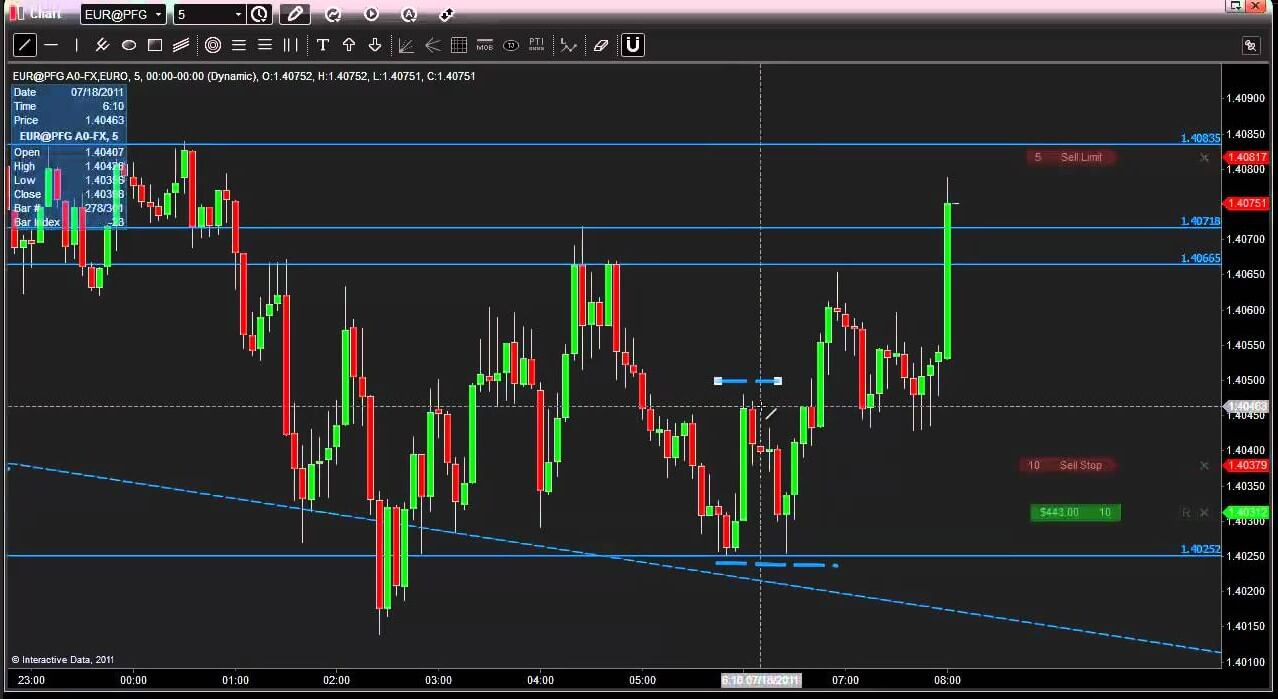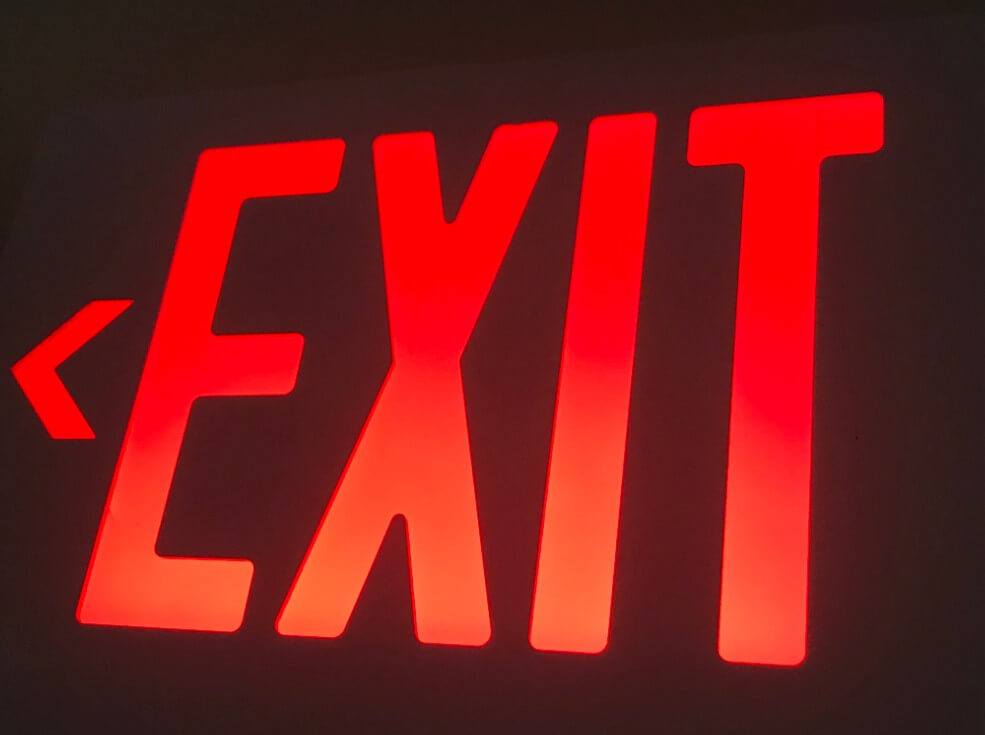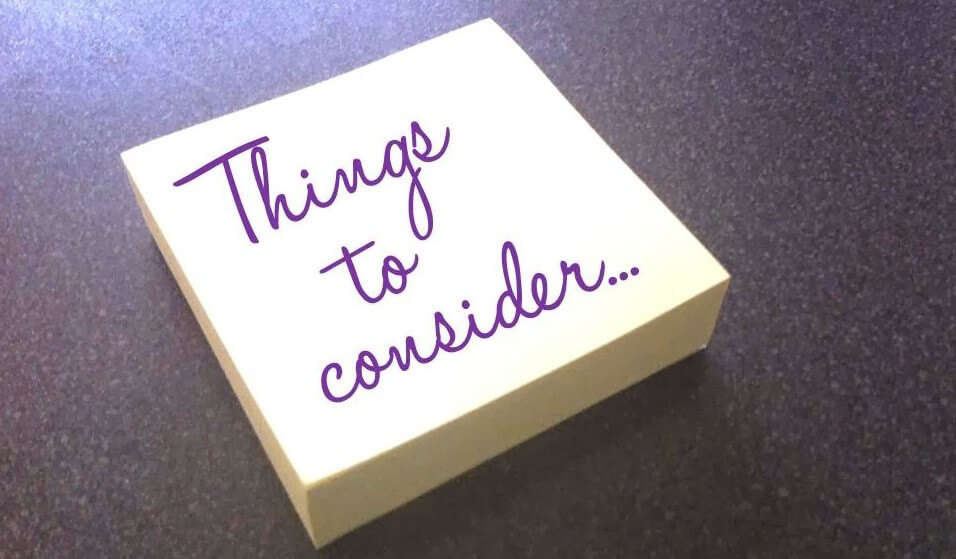Who is asking, a trader, or an investor? Do you think setting a time limit for each trade is a good idea? Do you think investors who bought physical gold 10 years ago held it for too long? How about people who bought bitcoin in 2016? Trading is essentially a calculated process that is managed by a trader’s system, on any timeframe and any asset. A system is a combination of a trading algorithm, various strategies, and one’s approach to trading. The duration of any single trade will need to be a well-calculated decision that will include all of the strategy components, excluding vague and intangible factors such as luck or emotions. Today, we are digging deep into how long a trade should last with an overview of different rules and methods any trader can apply in trading.
System
As we said above, a developed system is an essential part of trading. A trade that is filtered through different indicators will be the right trade to enter, leaving bad options behind. Also, if you manage your settings properly, you will know that your trade will run accordingly – neither shorter nor longer than what you would want it to. That is why choosing the right exit indicator is one of the key steps in assessing how long a trade should last. Reversal indicators, for example, are believed to give reliable exit signals, but the overall duration of a trade depends on other factors as well.
Risk
Risk management may sound like a complicated word, but it actually serves to protect your finances and prevent losses. Therefore, knowing when to exit a trade will, on one hand, help you with your winning trades and, on the other, assist with managing your assets and your account. There are several fundamental terms that we need to define here to be able to assess how long a trade should last.
Stop-loss & Take-profit Points
A stop loss is a point in the chart where your trade will automatically close down and +. It constitutes an important exit strategy that will handle your trades so that you do not need to sit and oversee what is happening with the market or worry if the price starts moving in the opposite direction. With the use of the stop loss, you will always know exactly after how many pips a trade will close in a loss. When it will happen should not concern you. When you are in a single trade, your take-profit point will also be the moment where your position will be closed.
Strategy
Sometimes, depending on your strategy and the platform you are using, your take-profit points are going to differ. If you are using the scaling out strategy, you will take 50% of your trade off the table, for example, and then move your stop loss to the break-even point (the point where you entered the trade). The remaining 50% of the trade will keep going for as long as it needs to, naturally running its course. There is no limit to how much you can gain. Why limit this part anyway, it can last for weeks.
Traders eager to apply the buy and hold strategy usually decide to hold a stock or commodity for a long period of time, so their take-profit will depend solely on their strategy and plan. However, it is increasingly important for traders never to change their initial plans after entering the trade.
Time frames
Time frames also affect how long a trade is going to last. The daily time frame may be a great opportunity to enter longer trades, but this decision often varies from one trader to the other. Some traders may be driven to use smaller time frames to achieve faster (but smaller) wins. The choice of a time frame is going to depend on the market conditions and one’s strategy as well. Sometimes, when the market is dead and the volume is really low, traders choose smaller time frames for a more aggressive strategy. The decision of which time frame you are going to use needs to be in alignment with other aspects of your trading approach, as it will inevitably impact the duration of the trade.
Market
It is also important to mention how market conditions affect the duration of trades. While a well-tested system is the main way you can protect your account, it may happen that the market is so out of control that your system never recognizes the need to exit. While these situations do happen even to the best and most experienced traders, you can always take additional precautions by not entering trades that could turn out to be a problem. These trades involve all currencies that are heavily affected by the news (e.g. the USD) and all major events such as elections. The USD gets easily triggered by even the smallest pieces of news, such as the President’s tweets. In the midst of the Brexit talks, the GBP was also not the best currency to trade, not just for the problematic exits but the overall market condition as well. Volatility does affect any system if the market gets so out of control and we should, thus, do everything to avoid situations that may keep you in the game too long, thus endangering your finances.
Psychology
Many traders are afraid of making a mistake and losing their money. As a result of these fears, their trading is controlled by their emotions, which can have quite a negative impact on the results too. Sometimes, traders decide to tweak the setting in the middle of the trade and exit the trade prematurely. Other times, they are afraid of risking too much, so they end up underleveraging and making their trade last much shorter than necessary. Anxiety is another reason why many opt for smaller time frames, hoping to be able to exert control better. Traders may even ignore the signals their systems are giving them because they hope that a particular trade is going to trend even better in the upcoming period. Overall, these examples reflect poor trade management and should be handled with care. Each trader has a responsibility towards himself/herself to discover the situations that trigger such reactions and prevent them from happening.
Best Exit Points
The best moments to leave the trade are those that your system gives you. We cannot base our trading on intuition and sentiment because our wins, and losses as well, will then be in the hands of luck. Exit points must be calculated with precision and understanding of why this action is taken at that moment in time and chart. Learning about different strategies and time frames can make this process much easier, along with thorough testing and practice.
Conclusion
With a demo account, everyone can see if every exit indicator used works properly. Backtesting and forward testing will further show if the combination of indicators is giving the best possible results. The only requirement that each trader needs to satisfy is to carry our proper journaling, listing all trades with every entry and exit point. What is more, using a demo account will also help traders learn about themselves because we are often unaware of our reactions when money and security are involved. Since exiting trades is not a matter of how you feel at the time you are trading, you will surely benefit from applying the risk management advice we provided, as it will save you and your account from unnecessary losses, whether they come from staying in a trade for too long or too short.
Whatever you do, do not keep your trades running just because you hope a windfall of money is around the corner. Instead of obsessing about the length of your traders, rather focus on the risk and money management principles that will provide you with the security you may be looking for elsewhere.






